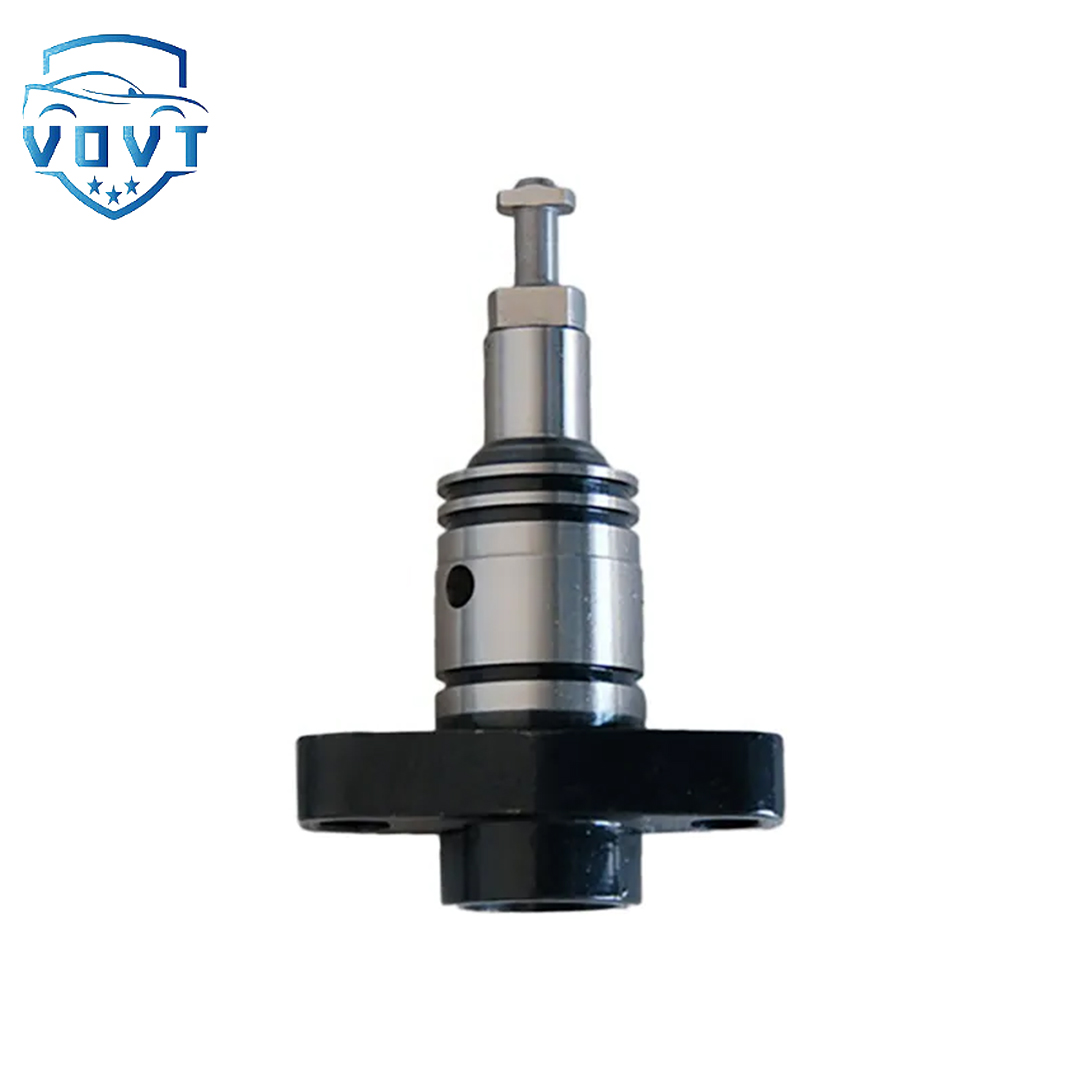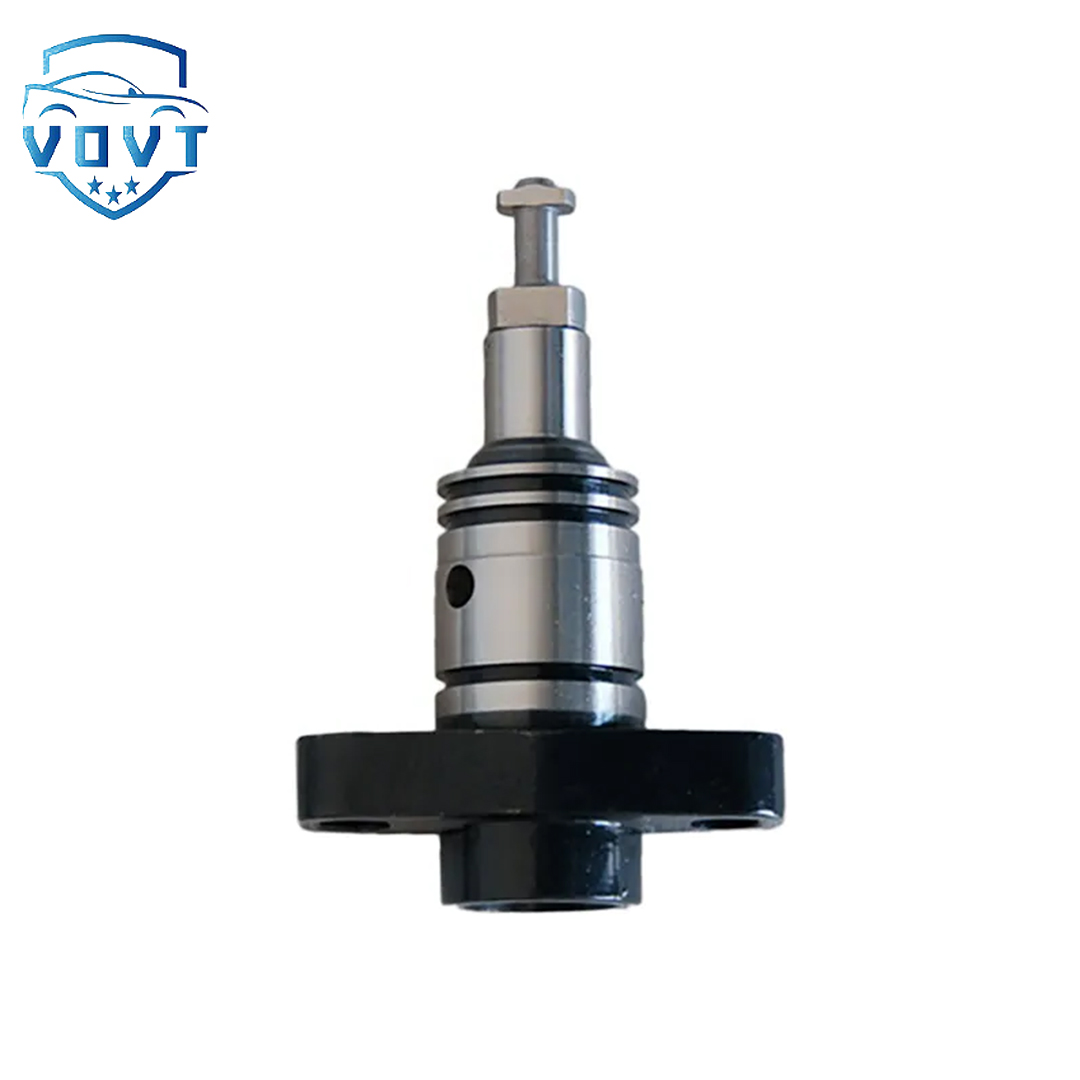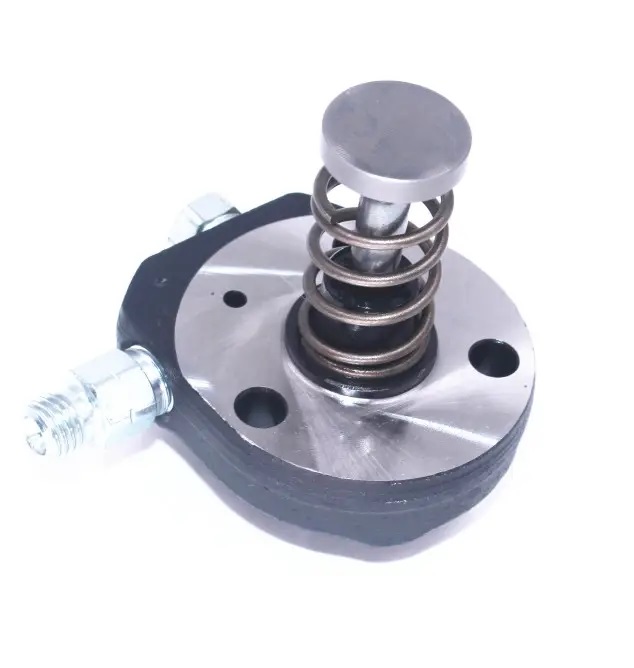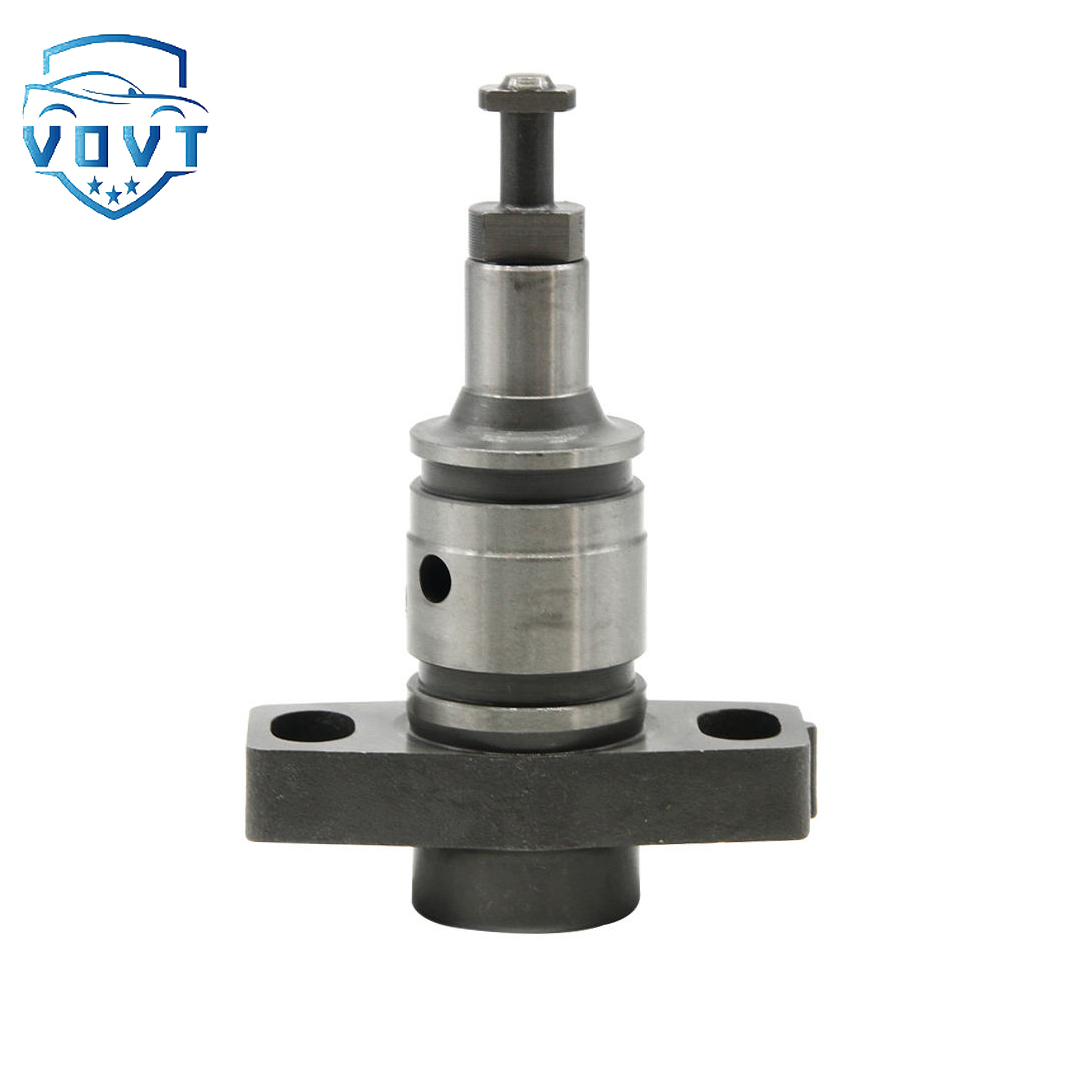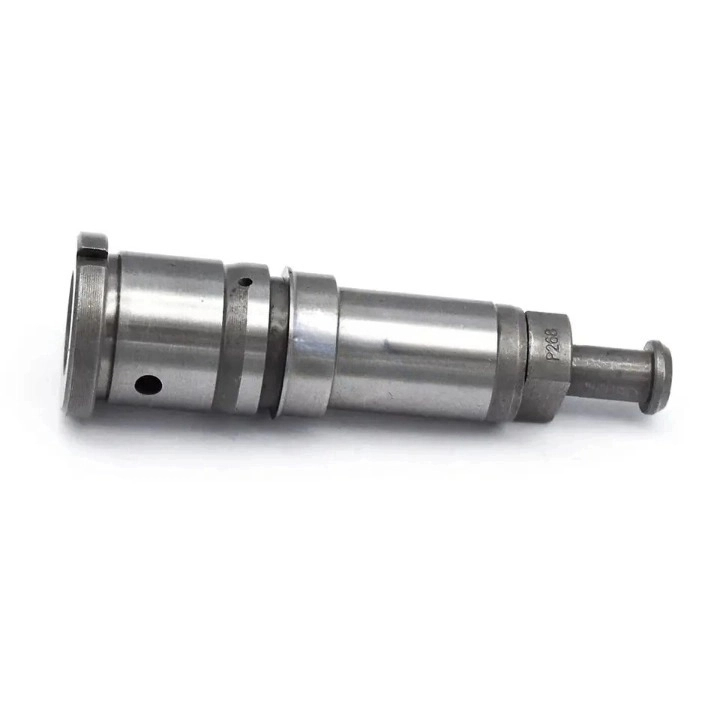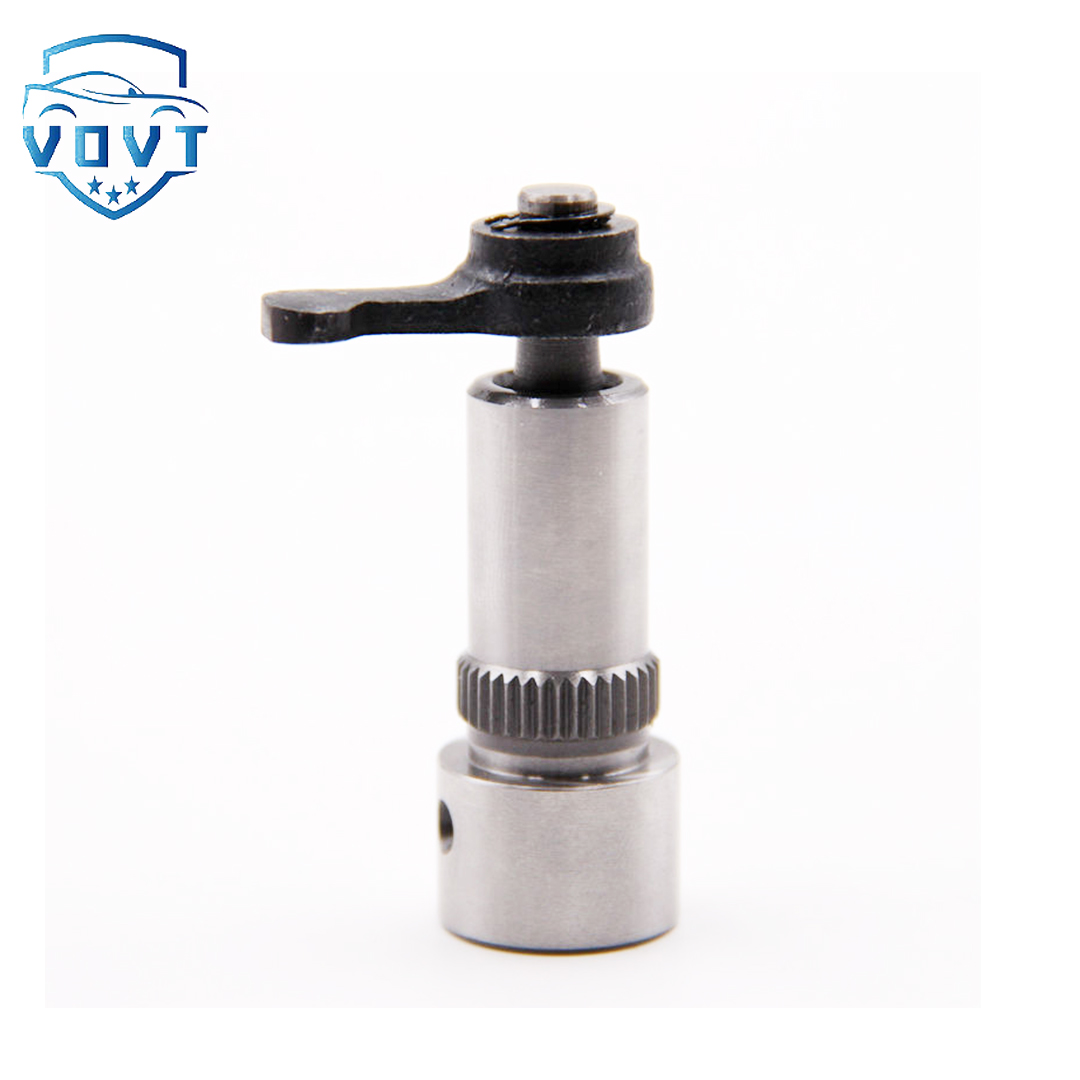High Quality Fuel Injection Pump Plunger A616 Pump Elements Diesel Engine Spare Parts
products description
| Reference. Codes | A616 |
| OE/OEM Codes | / |
| Application | / |
| MOQ | 5 PCS |
| Certification | ISO9001 |
| Place of Origin | China |
| Packaging | Neutral packing |
| Quality Control | 100% tested before shipment |
| Lead time | 7~15 working days |
| Payment | T/T, Paypal, Western Union or as your requirement |
Oil Pump Plunger Common Failure Description
As a key precision component of the fuel system, the oil pump plunger has been in a high-pressure, high-frequency reciprocating state for a long period of time, and it is very easy to encounter various kinds of failures, which, if not detected and handled in a timely manner, will seriously interfere with the normal operation of the engine, reduce the performance of the equipment, and even lead to the risk of stopping the engine.
Wear and tear is one of the most common forms of oil pump plunger failure. Plunger and plunger sleeve long-term close friction, especially in the fuel cleanliness is not good, fine impurities mixed in, as hidden “abrasive particles”, exacerbating surface wear. Initial light wear causes the plunger and plunger sleeve mating gap to increase, and sealing is greatly reduced. Fuel leakage climbed, the pressure is reduced, can not form the ideal high-pressure fuel injection, resulting in soft engine power output, starting difficulties, running with obvious shaking, fuel consumption is not sufficient combustion increased for no reason.
Stuck fault should not be ignored. Moisture in the fuel, gum deposits or impurity accumulation, may be in the plunger running track condensation, so that the plunger movement is blocked, stalling. The inability of the plunger to reciprocate smoothly disrupts the established fuel suction and discharge rhythm. Stuck in a certain position, either the fuel intake abnormal, resulting in a mixture of too rich or too thin; or injection interruption, instant engine “loss of power” stalled, restart difficult; frequent stalling is also prone to strain the surface of the plunger, so that the fault worsens.
Plunger spring fatigue or breakage is also tricky. The spring is the key to driving the plunger's stable reciprocation, and frequent expansion and contraction over a long period of time can cause fatigue due to metal degradation. Weak springs can not provide the full amount of elasticity, plunger movement rate, stroke out of control, injection pressure, length of time all messed up; once the spring breaks, the plunger directly “strike”, the entire fuel supply chain breaks, the engine immediately stops, the operation site is forced to interrupt, the subsequent maintenance cost is quite high and time-consuming and labor-intensive.
In addition, the plunger head sealing surface damage also occurs from time to time. Damage to the sealing surface is mostly caused by abnormal impacts, corrosion, or chipping and scratches from previous wear. Seal failure, high-pressure fuel leakage, pressure drop, fuel injection atomization deterioration, combustion efficiency avalanche decline, exhaust emissions exceeded the standards, black smoke rolling, both environmental pollution, but also loss of equipment life.
During daily operation and maintenance, it is necessary to strictly control the fuel quality, regularly dismantle and clean the fuel pump components, monitor the plunger status with the help of professional gauges, capture the first signs of failure in time, and efficiently repair or replace them with new ones, in order to ensure the stable operation of the fuel pump plunger, and to maintain the fuel system's efficient output.


















